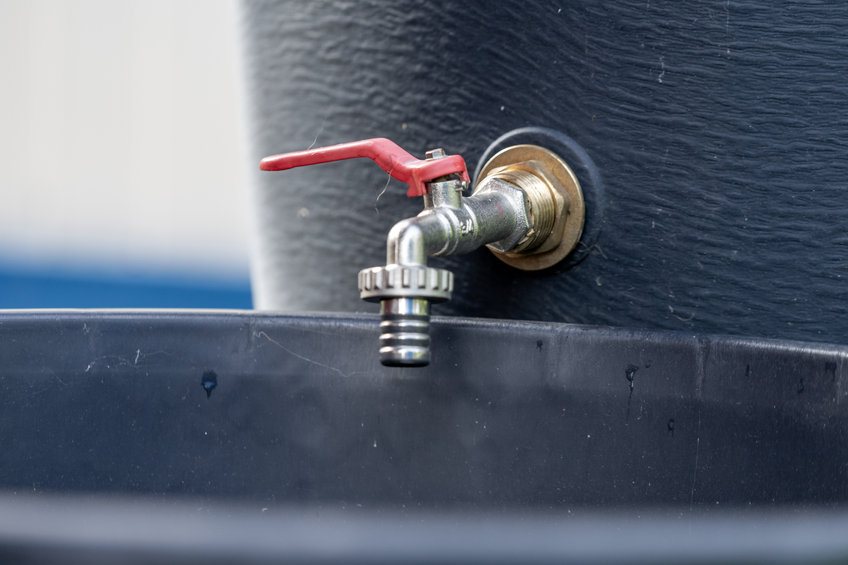The Most Useful Information On Barrel Pumps

What Exactly Does A Barrel Pump Do?
When you are dispersing liquids from any container, a barrel pump could be very helpful, especially when working with drums in barrels that have a large quantity of liquid. Drum pumps are another name for these particular pumps. There are different tube lengths that you need to consider, along with the different models that have been made, plus accessories that can satisfy industry requirements. It should have a series of handles, plungers, and also levers that will help in the distribution of the fluid. If you are looking for a stainless barrel pump then see here.
How Do They Operate?
These are designed to work at processing plants, or even manufacturing plants, that are using barrels that are 200 L in size to store different types of materials like chemicals. If they are far too heavy to tip over in order to pour out the liquid, a barrel pump can extract all of that in a very safe manner.
Each one of them is motorized and will come with what is called a barrel pump section and will also have an immersion tube. It is at the top of the unit that the motor is located, positioned always outside of the container from which it will extract the liquid. When the immersion tube is placed in, depending upon how long it is, it should fit and should be sealed before the extraction process begins. There are so many different lengths of immersion tubes available, that you can choose the exact one that you need for the material that you are working with that needs to be pumped out. In the pump section specifically, you will find the immersion tube at the lower end. It is the pump at the top that is going to drive the liquid from the inside of the container to the outside, through a protected shaft with a sealed column. As the liquid flows, it will do so through the sleeve, and up through the tube, using the motor once activated.
The use of barrel pumps is typically for medium to low viscosity fluids that are going to go through centrifugal pumps that will have multiple impellers. It is due to the rotation of the impellers that the liquid will be extracted up and out through the immersion tube.
Viscosity fluids, as well as medium fluids, can easily be taken out through a displacement pump. If it is a medium viscosity fluid, PTFE screw-type systems can be used instead. The transference of black ink, food products, and solvents can be done through the systems. If it is a high viscosity fluid upwards of 100,000cP, you absolutely need to use one with a progressive cavity design. There are many applications for these particular units including the extraction of corn syrup, hair gel, juice concentrate, polymers, lotion, silicone, glycerin, adhesives, waxes, solvents, oils, and different types of resin. There may also be FDA-compliant material options that you can see.
Main Features On Barrel Pumps
There are so many different components that are all working together when this fluid is extracted from the inside of the drum. The wetted parts, those which are designed to be resistant to any type of corrosion, can also be designed to extract flammable fluids at the safest operating temperatures. There are pump tubes that are specifically designed for this type of work which are made from stainless steel, polypropylene, and even pure polypropylene materials.
The many choices for wetted materials that are available will allow for chemical corrosion resistance regardless of what you are working with at the time.
Most of the manufacturers are going to use a wide variety of interchangeable motors, and tubes of various lengths, depending upon the operating environment. In most cases, these can be set up and disconnected quickly. If you do not have an electrical supply available, you can use air-powered motors instead. They can also be disassembled and reassembled very easily.
The length of the tube is often determined by looking at the container size. If you have a 45-gallon barrel, which comes out to a standard 200 L barrel, a 100 cm tube will be necessary. If you have something smaller, such as a 15-gallon container, you will need to use a smaller length of the tube.









